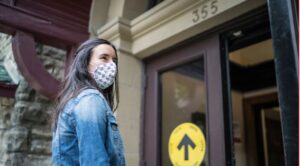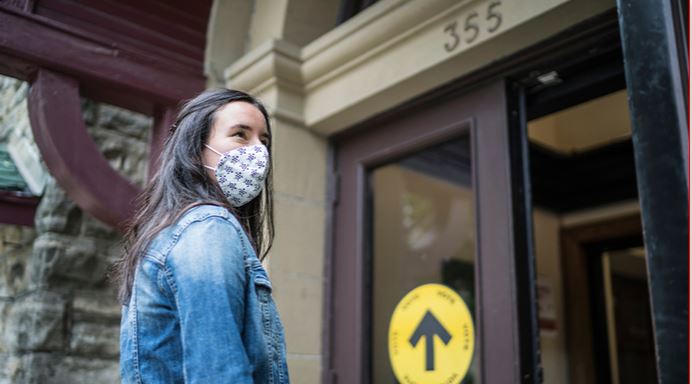Effect of debates: liberals catch up the lost ground

TORONTO – With the televised debates Erin O’Toole had the chance to close the game, but evidently was not able to take advantage of the opportunity. This is the key to reading that derives from the analysis of all the polls carried out in Canada in September, which highlight how in the first week of this month the Conservatives had consolidated a good margin of advantage over the Liberals, but how, at the same time, after the double confrontation between the leaders of the parties this advantage has been dissipated. At this moment, after a phase of substantial statistical parity between the Conservative Party and the Liberal Party, it is Justin Trudeau who has returned to play the role of front runner in view of the vote on September 20.
But to better understand this dynamic we need to take a step back. From 1 to 8 September, 30 different polls were published, which recorded the balance of power between the parties with the voters’ voting intentions. In 29 opinion polls, the Conservatives were ahead while only one – that of Nanos on September 5 – was led by the party of the outgoing prime minister. At that stage the election campaign had taken a very specific turn, with O’Toole running not only for victory but also for the conquest of an absolute majority of seats in the House of Commons and with Trudeau in clear difficulty.
From 9 – the day of the second debate – to 14 September, 17 polls were carried out: only 6 of O’Toole’s party was ahead of Trudeau’s. And that’s not all. In recent days, a substantial parity has been passed to an advantage of the Liberals. According to the last three polls, the Liberal Party is increasing its support for the Conservatives. According to Nanos, the gap is just 1.1 percent, while for Mainstreet and Research the gap between the two parties is 4 percent.
The change in the balance of power and the balance of power also has consequences in the potential distribution of seats, always according to voting intentions. According to 338canada.com, a portal that collects and processes all statistical surveys both nationally and in individual districts, the Liberals should win at least 146 seats, with growth potential in another 43 districts. These are numbers that not only feed the legitimate aspirations of victory for the outgoing prime minister, but that do not exclude a priori the possibility of winning an absolute majority of the 338 seats at stake in this electoral round.
The situation of the Conservative Party is different, which in recent days is marking the pace. According to 338canada.com,the Tories are clearly ahead in 126 constituencies, with the growth potential of another 37 constituencies. Ultimately, the projection on the distribution of seats leaves the door open to a possible narrow victory for the Conservatives.
In Ontario, a province crucial to the final results of the vote, the Liberals are in clear recovery, although they are unlikely to be able to repeat the exploit of 2019, when they won 79 of the 128 seats available.
According to 338canada.com, the grits are ahead in 70 districts against the 41 of the Conservatives, who in the last election had won in 36 districts. The NDP is growing, which should go from 6 seats to 9, a figure in contrast to the national dynamics, where the party led by Jagmeet Singh in difficulty compared to the other main contenders. Finally, Maxime Bernier’s People’s Party is on the rise, which according to Maintreet at this stage reaches 9.1 percent of voting intentions. The Greens, considered the fourth party in terms of consensus at the beginning of the election campaign, do not go beyond 3.3 percent.



